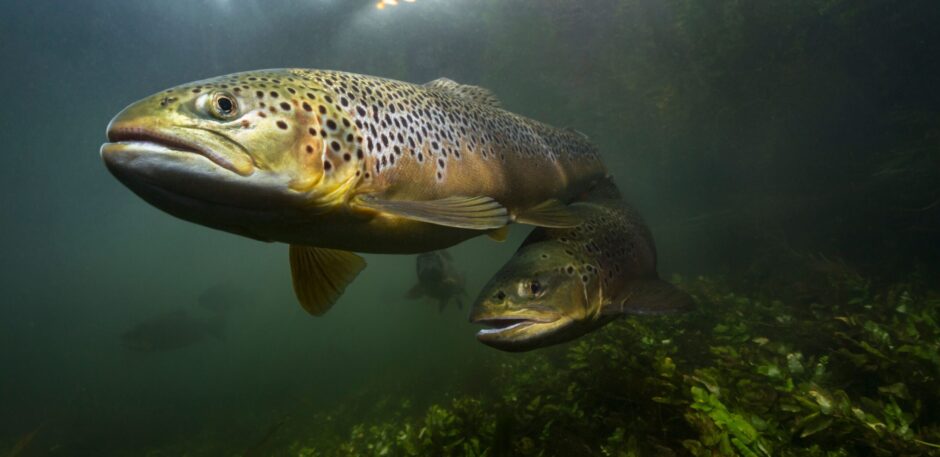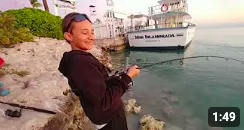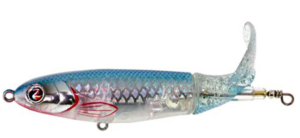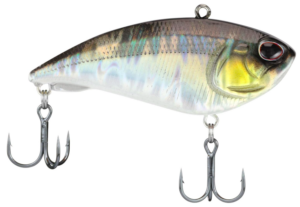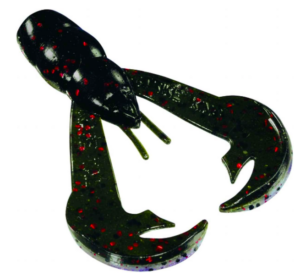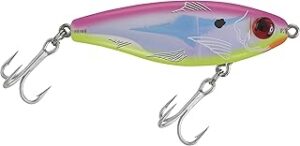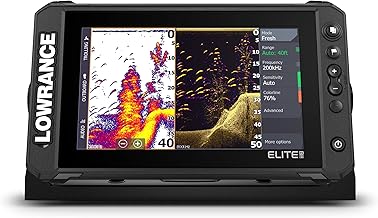How Stream Flows Affect Fishing
The stream flows can drastically affect the fishing for brown trout. In the spring in the mountain regions, the snow will melt and the rivers can get high and murky. Brown trout prefer the clearer waters over the muddy waters, so this can make the fishing pretty difficult. When the rivers and streams are at normal levels, you’re going to have plenty of places to target brown trout in the low to moderate current and in the many current breaks. When the water levels are low, you can usually find the trout grouped up in big numbers in the deeper pools in the rivers. Many anglers catch a lot of nice brown trout in the pools, but don’t rule out some of the current areas. All it takes is one big boulder to create a nice current break for a quality brown trout.
Fly Fishing in Rivers & Streams
Brown trout are not always an easy fish for many anglers to target with a fly. Because brown trout are usually not the primary species of fish on most rivers and streams, you will most likely catch other trout while fishing for brown trout. This is great because you get to have some action while trying to find those brown trout. These fish are considered tougher to get to bite than rainbow trout, cutthroat trout and brook trout. That doesn’t mean they are always tougher to get to bite, but for the most part, brown trout are not a super easy trout to catch on the fly.
Try to match the hatch when you can and fish the deeper pools near current. Any current break could hold some fish, so make as many accurate casts as you can and you will get rewarded.
Water Temperature
Water temperature will definitely play a huge role with brown trout just like other trout. Brown trout thrive in cold water and will become stressed out in warmer water temperatures. Once water temperatures get into the upper 60s, brown trout can become stressed, so seek out those colder waters in the rivers, streams and lakes. If brown trout can move into deeper water to find colder water, they are definitely going to do it, which is why the deeper pools usually hold plenty of brown trout. On lakes, they will have no problem going several miles offshore to find colder water during the summer.
Brown Trout & The Spawn
Brown trout will move into the rivers to spawn, so if you are fishing the lake from a boat or from shore, you may want to target the mouths of these rivers during the fall. On rivers that don’t feed into a lake, these fish will still move upstream in the fall to spawn. When water temperatures drop into their ideal range, the spawn will begin. On many waters, more and more anglers want to leave them alone during this time of year. For many anglers, this is one of the best times of the year because you have a better shot to find some of these bigger trout that are so hard to find during the older months of the year. This is the time of year that some of the biggest trout are caught every year.
Low Light Conditions
Low light conditions almost always provide better fishing opportunities for trout, but this is the case even more so for brown trout. Some people believe that a lot of the trophy-sized trout rarely feed during the day once they reach a certain size. They have learned about the dangers of eating during the day, so they do a lot of feeding at night. The low light conditions of early morning, late in the evening and at night will provide some of the best fishing opportunities for brown trout.
